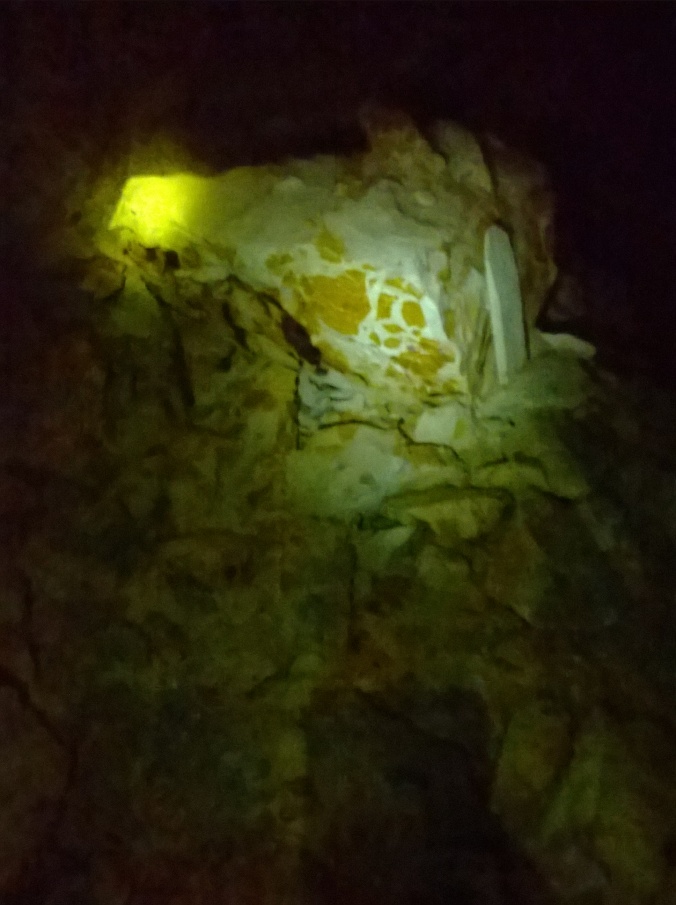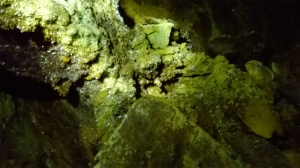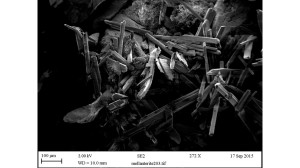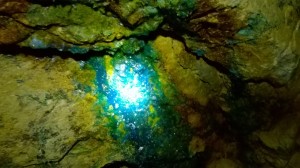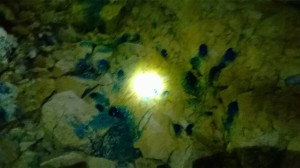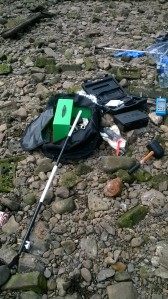I was intrigued last Friday to see this report in the media of giant crystals of gypsum from a cave in Mexico harbouring microbial life. The announcement was made by the discovering scientist at the American Association for the Advancement of Science (AAAS) annual meeting. Yet to be published in a peer-reviewed journal, Penelope Boston indicated that the microbes, which lay dormant for up to 50,000 years in the crystals, were revived in the lab and are most closely related to known microbes from other mine environments, though genetically distinct. Many outlets are reporting on this important scientific finding, which has obvious implications for our understanding how tolerant life really is, and of course astrobiological implications.
This Mexican cave differs drastically from Mynydd Parys of course, not least due to the higher temperature of 58°C,but the cave remained undisturbed until 2000, while Mynydd Parys has been worked and/or visited over thousands of years. In both instances however microbial communities rely on the cycling of iron and sulphur, and both are acidic environments. Gypsum also occurs at Mynydd Parys, though in obviously smaller crystal form!
Looking forward to seeing the Naica Mine results published and comparing them to gypsum communities from Mynydd Parys, hopefully later this year.


